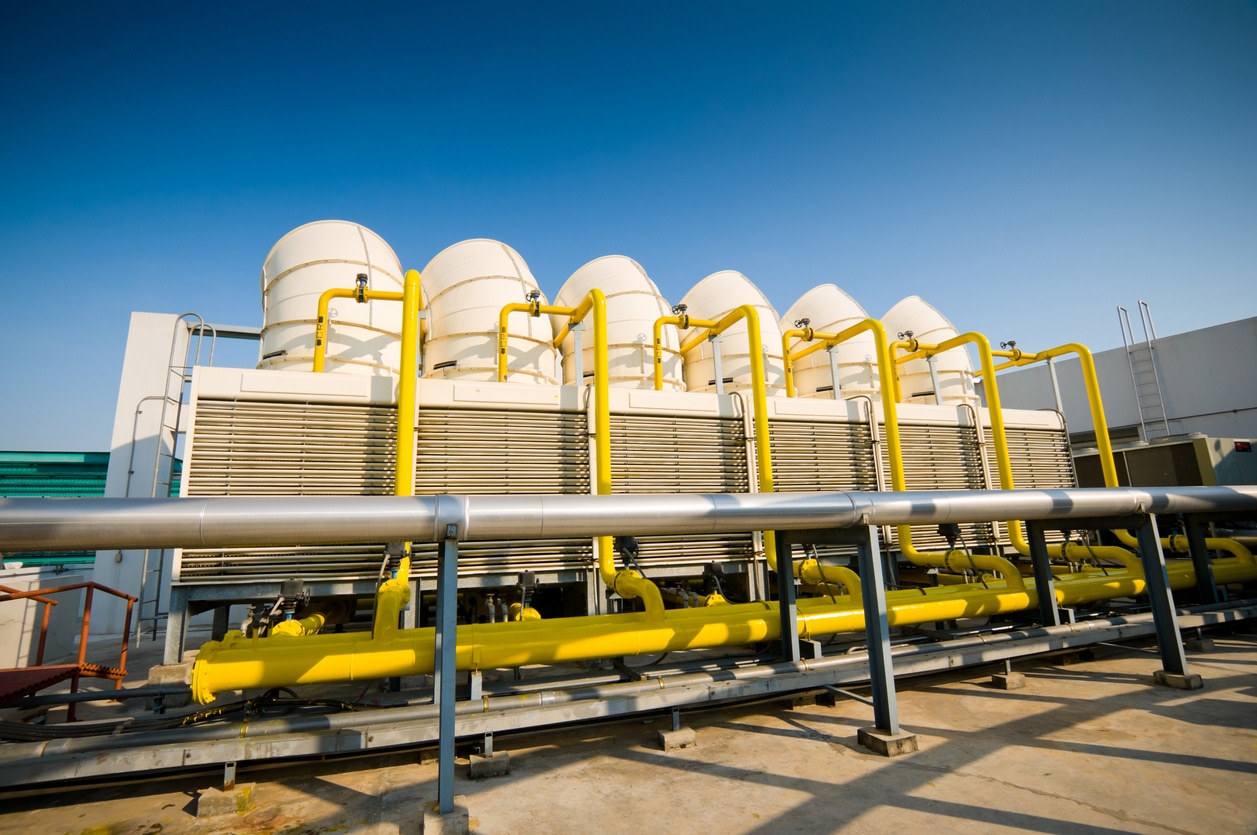

Articles
How Does The HVAC System Work
Modified: January 23, 2024
Learn all about HVAC systems in this comprehensive collection of articles. Discover how they work and find tips for maintenance and troubleshooting.
(Many of the links in this article redirect to a specific reviewed product. Your purchase of these products through affiliate links helps to generate commission for Storables.com, at no extra cost. Learn more)
Introduction
Welcome to the fascinating world of HVAC systems! Whether you’re a homeowner, a renter, or a business owner, it’s important to understand how your HVAC system works. HVAC, short for Heating, Ventilation, and Air Conditioning, plays a crucial role in keeping us comfortable and maintaining indoor air quality.
In this article, we will delve into the intricacies of HVAC systems, exploring their components, heating and cooling processes, indoor air quality considerations, air distribution, energy efficiency, and maintenance. By the end, you’ll have a comprehensive understanding of how these systems function.
Why is this knowledge important? Well, let’s start with the fact that HVAC systems are responsible for providing us with the desired temperatures, whether it’s warmth during chilly winters or cool relief on scorching summer days. Additionally, they play a key role in ensuring good indoor air quality, filtering out pollutants and allergens that can negatively impact our health.
Understanding how an HVAC system works enables you to make informed decisions regarding its maintenance, troubleshooting, and efficiency. It also helps you communicate effectively with HVAC professionals, allowing you to better manage and optimize your system.
So, whether you’re a curious homeowner looking to learn more about your HVAC system or an aspiring HVAC technician seeking knowledge, strap in as we embark on this HVAC journey together!
Key Takeaways:
- Understanding HVAC systems empowers homeowners and business owners to make informed decisions, optimize energy efficiency, and ensure the comfort and well-being of everyone in the building.
- Regular maintenance and troubleshooting practices are essential for maximizing the lifespan of HVAC systems, minimizing unexpected failures, and contributing to a more sustainable future.
Read more: How Does A Split System HVAC Work
Components of an HVAC System
An HVAC system is composed of several components working together to ensure efficient heating, cooling, and ventilation. Let’s take a closer look at each of these components:
- Thermostat: The thermostat serves as the control center of the HVAC system. It allows users to set and adjust the desired temperature.
- Furnace or Heat Pump: The heating component of the system. A furnace burns fuel (such as gas or oil) to produce heat, while a heat pump uses electrical energy to transfer heat from the air or ground into your home.
- Air Conditioner: The cooling component of the system. An air conditioner works by removing heat from indoor air and circulating cool air back into the space.
- Ventilation System: The ventilation system ensures the exchange of fresh air with stale air, promoting good indoor air quality. It includes components such as air filters, ductwork, and exhaust fans.
- Ductwork: The network of pipes or channels that distribute heated or cooled air throughout the building. Properly designed and sealed ductwork is essential for efficient airflow.
- Air Handling Unit (AHU): The AHU houses the components responsible for air circulation, filtration, and temperature control. It includes a blower, dampers, and filters.
- Condensing Unit: This unit is part of the air conditioning system and is located outside the building. It contains the compressor, condenser coil, and fan, which work together to release heat from the interior to the exterior.
- Refrigerant Lines: These lines connect the indoor and outdoor units of the air conditioning system. Refrigerant, a special fluid, circulates through these lines, absorbing or releasing heat as it moves.
Each of these components plays a vital role in the overall functionality of the HVAC system. They work together seamlessly to provide heating, cooling, and ventilation in a controlled and efficient manner.
Now that we have a better understanding of the components, let’s explore the heating process in an HVAC system.
Heating Process
The heating process in an HVAC system is responsible for keeping us warm and comfortable during chilly weather. Let’s take a closer look at how this process works:
1. Fuel Combustion: In a furnace-based heating system, the first step is the combustion of fuel. Whether it’s natural gas, oil, or propane, the fuel is ignited within the furnace’s combustion chamber.
2. Heat Exchange: As the fuel burns, it produces heat, which is transferred to the system’s heat exchanger. The heat exchanger is a metal component that absorbs the heat energy without coming into direct contact with the combustion gases.
3. Air Circulation: Once the heat is transferred to the heat exchanger, the system’s blower fan pushes air over the heated surface. This heated air then flows through the ductwork, distributing warmth throughout the building.
4. Temperature Regulation: The thermostat plays a crucial role in the heating process. It senses the current temperature and compares it to the desired temperature set by the user. If the current temperature is lower, the thermostat sends a signal to the furnace to continue the heating process until the desired temperature is reached.
It’s worth noting that some HVAC systems utilize heat pumps instead of furnaces for heating. Heat pumps work by extracting heat from either the air or the ground and transferring it indoors. They are highly efficient and can provide both heating and cooling.
Proper maintenance of the heating components, including regular filter replacements and inspections, is essential for the optimal performance and longevity of the HVAC system. Additionally, ensuring that the ductwork is well-insulated and sealed minimizes heat loss during the heating process.
Now that we understand the heating process, let’s dive into the cooling process in an HVAC system.
Cooling Process
The cooling process in an HVAC system is responsible for keeping us cool and comfortable during hot summer days. Let’s explore how this process works:
1. Refrigerant Circulation: The cooling process begins as the air conditioner’s compressor compresses the refrigerant gas, raising its temperature and pressure.
2. Condensation: The high-pressure, high-temperature refrigerant then flows into the condenser coil, located in the outdoor unit. As the hot refrigerant circulates through the condenser coil, it releases heat to the outdoor air, causing it to condense into a high-pressure liquid.
3. Expansion Valve: The condensed refrigerant then passes through an expansion valve. This valve causes the refrigerant to rapidly expand, lowering its pressure and temperature in the process.
4. Evaporation: The low-pressure, low-temperature refrigerant then enters the evaporator coil, located in the indoor unit. As warm indoor air blows over the evaporator coil, the refrigerant absorbs heat from the air, causing it to evaporate into a low-pressure gas.
5. Air Circulation: The blower fan in the HVAC system’s air handling unit circulates the warm indoor air over the evaporator coil. The heat from the air is transferred to the refrigerant, which cools the air in the process.
6. Cool Air Distribution: The cooled air is then distributed through the ductwork and vents, providing a refreshing breeze throughout the building. Meanwhile, the absorbed heat from the indoor air is carried by the refrigerant back to the outdoor unit to be released.
The cooling process repeats as long as the thermostat detects that the indoor temperature is higher than the desired temperature set by the user. The thermostat signals the air conditioner to continue the cooling process until the desired temperature is reached.
Regular maintenance, such as cleaning or replacing air filters, and proper insulation of ductwork, play a significant role in the efficiency of the cooling process. Keeping windows and doors closed also helps maintain the desired indoor temperature.
Now that we understand both the heating and cooling processes, let’s shift our focus to indoor air quality in an HVAC system.
Indoor Air Quality
Indoor air quality (IAQ) refers to the air quality within a building or enclosed space. It is an important aspect of an HVAC system as it directly impacts the health and comfort of the occupants. Let’s explore the factors that affect IAQ and how HVAC systems contribute to maintaining good indoor air quality:
1. Air Filtration: HVAC systems use air filters to capture dust, pollen, allergens, and other airborne particles. These filters help improve IAQ by removing pollutants from the circulating air. It is important to regularly clean or replace air filters to ensure effective filtration.
2. Ventilation: Proper ventilation is crucial for maintaining good IAQ. HVAC systems include components such as intake vents and exhaust fans to facilitate the exchange of fresh outdoor air with stale indoor air. This helps remove odors, chemicals, and indoor pollutants, ensuring a healthier indoor environment.
3. Humidity Control: HVAC systems play a significant role in regulating indoor humidity levels. Excessive humidity can lead to mold growth and contribute to respiratory issues, while low humidity can cause dryness and discomfort. HVAC systems with built-in humidifiers and dehumidifiers help maintain optimal humidity levels for improved IAQ.
4. Contaminant Removal: HVAC systems can be equipped with additional components such as UV lights or electronic air cleaners to target and remove specific contaminants like bacteria, viruses, and volatile organic compounds (VOCs).
5. Duct Cleaning: Over time, dust, debris, and other contaminants can accumulate in the HVAC system’s ductwork. Regular duct cleaning helps prevent the recirculation of these pollutants, ensuring cleaner indoor air.
6. Regular Maintenance: Routine maintenance of the HVAC system, including cleaning coils, checking and repairing ductwork, and inspecting ventilation components, is essential for preserving IAQ and preventing the buildup of contaminants.
By incorporating these IAQ considerations, HVAC systems can greatly contribute to creating a healthier indoor environment. However, it is important to note that other factors such as building materials, cleaning practices, and occupant behavior also play a role in maintaining good IAQ.
Now that we understand the importance of indoor air quality, let’s shift our focus to air distribution in an HVAC system.
Regular maintenance of your HVAC system, including cleaning or replacing filters, can improve its efficiency and extend its lifespan.
Read more: How Does A Gas Pack HVAC System Work
Air Distribution
Proper air distribution is a crucial aspect of an HVAC system as it ensures that conditioned air is effectively and efficiently delivered to all areas of a building. Let’s delve into the key components and principles of air distribution in an HVAC system:
- Ductwork: Ductwork is the network of pipes or channels that transport heated or cooled air throughout a building. It consists of supply ducts that distribute conditioned air and return ducts that collect stale air to be recirculated or exhausted. Properly designed and installed ductwork ensures balanced airflow and minimizes energy loss.
- Air Vents and Registers: Air vents and registers, located in the floors, walls, or ceilings, allow conditioned air to enter a room while allowing stale air to be extracted. They can be opened or closed to control the amount of airflow in each area.
- Zoning: Zoning divides a building into different zones or areas with separate temperature controls. This allows for customized comfort and energy efficiency by directing conditioned air only to the areas that need it. Zoning can be achieved through the use of dampers in the ductwork or by utilizing multiple HVAC systems.
- Air Balancing: Air balancing involves adjusting the airflow to ensure that each room receives an appropriate amount of conditioned air. This is done by adjusting dampers or registers to achieve the desired airflow and temperature balance throughout the building.
- Airflow Patterns: HVAC systems are designed to create specific airflow patterns to ensure optimal comfort and air distribution. These patterns include stratified airflow (warm air rising and cool air descending), vertical airflow (from ceiling to floor), or horizontal airflow (from one side of the room to the other). The choice of airflow pattern depends on factors such as room configuration, occupant preferences, and the HVAC system design.
- Air Velocity and Pressure: Air velocity refers to the speed at which conditioned air is delivered into a space. It is important to maintain an appropriate air velocity to ensure effective air distribution and avoid drafts. Air pressure refers to the force exerted by the air as it moves through the ductwork and vents. Properly balanced air pressure helps maintain consistent airflow throughout the entire system.
By ensuring proper design, installation, and maintenance of the ductwork, vents, and air distribution components, HVAC systems can deliver conditioned air efficiently and evenly to all areas of a building. This allows for optimal comfort and energy efficiency while minimizing temperature fluctuations and airflow imbalances.
Now that we understand the importance of air distribution, let’s explore the significance of energy efficiency in an HVAC system.
Energy Efficiency
Energy efficiency is a key consideration when it comes to HVAC systems as it helps reduce energy consumption, lower utility bills, and minimize environmental impact. Let’s explore the importance of energy efficiency and some strategies to improve it:
1. Proper Sizing: Ensuring that the HVAC system is properly sized for the building is crucial. An oversized system not only wastes energy but also leads to frequent on-off cycling, which can cause wear and tear on the components. Conversely, an undersized system may struggle to meet the desired temperature requirements. Proper sizing requires a thorough analysis of the building’s cooling and heating load requirements.
2. High-Efficiency Equipment: Investing in high-efficiency HVAC equipment can significantly improve energy efficiency. Look for equipment with a high Seasonal Energy Efficiency Ratio (SEER) for air conditioners and a high Annual Fuel Utilization Efficiency (AFUE) for furnaces. These ratings indicate the equipment’s energy efficiency performance.
3. Programmable Thermostats: Install programmable thermostats that allow you to set different temperature schedules based on occupancy patterns. This helps to optimize energy usage by adjusting temperature settings when the building is unoccupied or during sleeping hours.
4. Zoning: As mentioned earlier, zoning allows for customized temperature control in different areas or zones of a building. By heating or cooling only the necessary spaces, zoning helps reduce energy waste and enhances comfort.
5. Regular Maintenance: Proper and regular maintenance of the HVAC system is essential for optimal energy efficiency. This includes cleaning or replacing air filters, inspecting and cleaning coils, and ensuring that all components are functioning properly. Regular maintenance improves airflow, reduces strain on the system, and maximizes efficiency.
6. Insulation and Sealing: Proper insulation of the building’s envelope and sealing any air leaks help prevent the loss of conditioned air and the infiltration of outside air. This reduces energy waste and allows the HVAC system to operate more efficiently.
7. Smart HVAC Control Systems: Utilize smart HVAC control systems that utilize artificial intelligence and machine learning algorithms to optimize energy usage. These systems can learn your preferences, analyze occupancy patterns, and automatically adjust temperature settings to maximize comfort while minimizing energy consumption.
Energy efficiency is not only beneficial for your pocket but also for the environment. By implementing these strategies, you can reduce your carbon footprint and contribute towards a more sustainable future.
Now, let’s move on to the importance of regular maintenance and troubleshooting in an HVAC system.
Maintenance and Troubleshooting
Maintenance and troubleshooting are essential aspects of HVAC system ownership. Regular maintenance helps ensure the system’s optimal performance, energy efficiency, and longevity, while troubleshooting allows for the identification and resolution of issues that may arise. Let’s explore the importance of maintenance and some common troubleshooting practices:
1. Regular Maintenance: HVAC systems require regular maintenance to keep them functioning at their best. It’s recommended to have a professional HVAC technician perform annual maintenance, which may include cleaning or replacing air filters, inspecting and cleaning coils, lubricating moving parts, checking electrical connections, and testing system controls. Regular maintenance helps prevent breakdowns, improves efficiency, and extends the lifespan of the system.
2. Filter Maintenance: Regularly cleaning or replacing air filters is crucial for maintaining good indoor air quality and efficient HVAC system operation. Clogged filters restrict airflow, causing the system to work harder and consume more energy. The frequency of filter maintenance depends on the type of filter and factors such as the level of indoor air pollution and system usage.
3. Condenser and Evaporator Coil Cleaning: Over time, dust and debris can accumulate on the condenser and evaporator coils, reducing their efficiency. Regular cleaning of these coils helps maintain proper heat transfer and airflow, ensuring optimal system performance.
4. Ductwork Inspection: Periodically inspecting the ductwork for leaks, blockages, or damage is crucial for proper airflow and energy efficiency. Sealing any leaks and repairing damaged ducts helps prevent air loss and ensures that conditioned air reaches its intended destination.
5. Troubleshooting: When HVAC system issues arise, troubleshooting is necessary to identify and resolve the problem. Some common troubleshooting practices include checking the thermostat settings, inspecting circuit breakers and fuses, ensuring proper power supply, checking for error codes or warning lights, and testing system components for proper functionality. For more complex issues, it’s recommended to seek the assistance of a professional HVAC technician.
6. Energy Audits: Energy audits can help identify areas of inefficiency in your HVAC system and suggest improvements. Professional energy audits often include inspections of insulation, ductwork, and overall system performance. Identifying and addressing areas of energy waste can lead to significant energy savings and improved performance.
By prioritizing regular maintenance and promptly addressing any troubleshooting needs, you can ensure that your HVAC system operates efficiently, reduces energy consumption, and provides optimal comfort. Additionally, regular maintenance and troubleshooting can help identify and address potential issues before they turn into major problems or system failures.
Now, let’s conclude our exploration of HVAC systems.
Conclusion
Understanding how an HVAC system works is not only fascinating but also empowering as a homeowner or business owner. HVAC systems play a crucial role in providing us with comfortable indoor environments, maintaining good indoor air quality, and optimizing energy efficiency. By familiarizing ourselves with the components, heating and cooling processes, indoor air quality considerations, air distribution, energy efficiency strategies, and maintenance and troubleshooting practices, we can make informed decisions and effectively manage our HVAC systems.
From the thermostat to the furnace or heat pump, from the air conditioner to the ventilation system, each component works together to create a comfortable and healthy indoor environment. The heating process ignites fuel or transfers heat, while the cooling process removes heat from the air. Indoor air quality is enhanced by air filtration, ventilation, humidity control, and contaminant removal. Air distribution ensures that conditioned air is evenly distributed throughout the building, while energy efficiency measures improve sustainability and reduce energy consumption.
Regular maintenance, such as filter cleaning or replacement, coil cleaning, and ductwork inspection, is essential to keep the system running smoothly. Troubleshooting helps identify and resolve issues promptly, ensuring optimal system performance and preventing major breakdowns. By practicing these maintenance and troubleshooting strategies, we can maximize the lifespan of our HVAC systems and minimize the chances of unexpected failures.
Ultimately, a well-maintained and efficiently operating HVAC system contributes to our comfort, health, and overall well-being. It helps create a comfortable living or working environment while minimizing our environmental impact. By incorporating energy-efficient practices and regularly maintaining our HVAC systems, we can save on energy costs, reduce our carbon footprint, and contribute to a more sustainable future.
So, whether you’re a homeowner, renter, or business owner, understanding and appreciating the complexities of HVAC systems empowers you to make informed decisions, optimize energy efficiency, and ensure the comfort and well-being of everyone in the building.
Frequently Asked Questions about How Does The HVAC System Work
Was this page helpful?
At Storables.com, we guarantee accurate and reliable information. Our content, validated by Expert Board Contributors, is crafted following stringent Editorial Policies. We're committed to providing you with well-researched, expert-backed insights for all your informational needs.
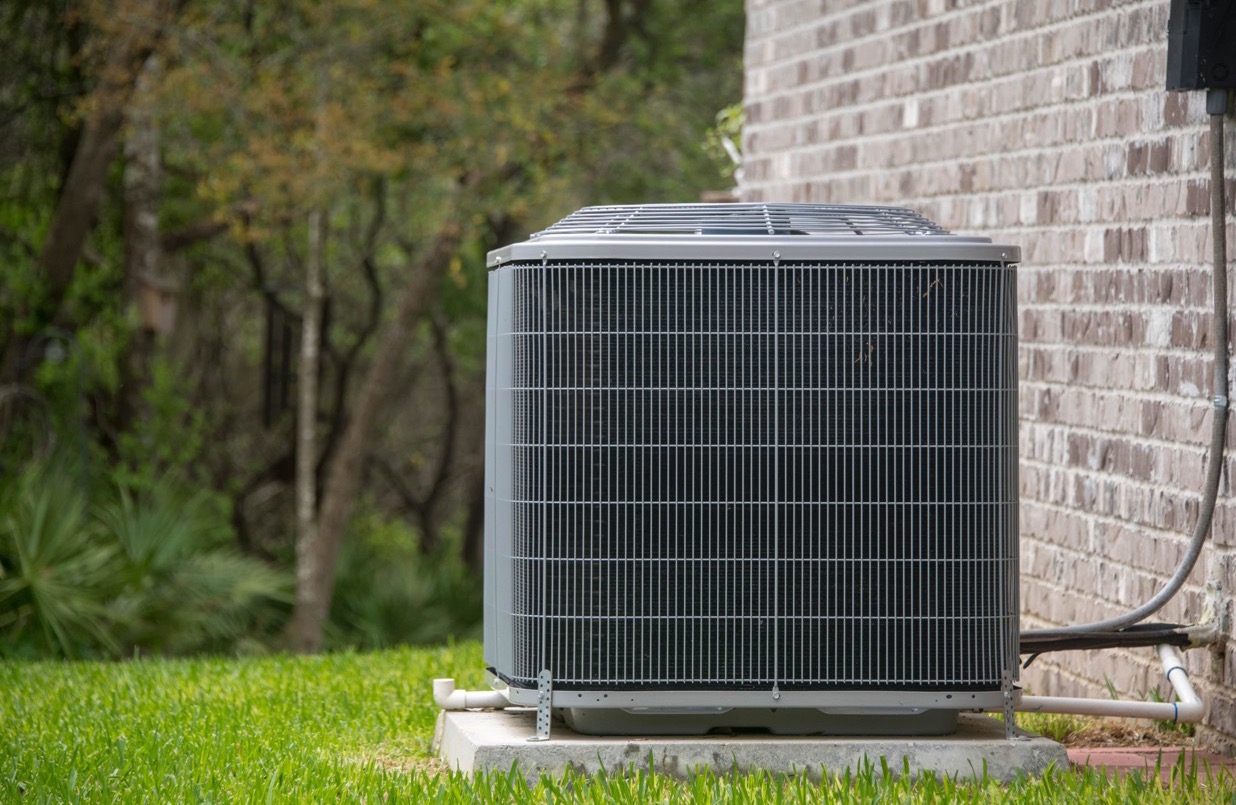
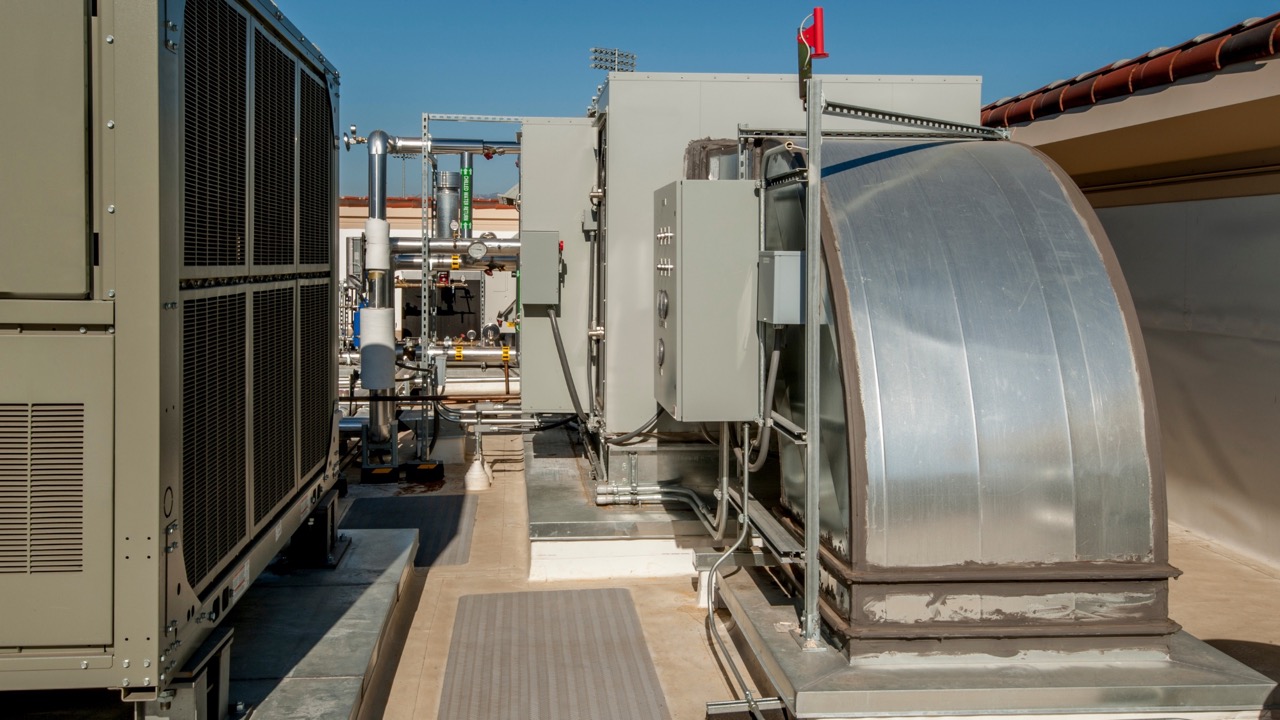
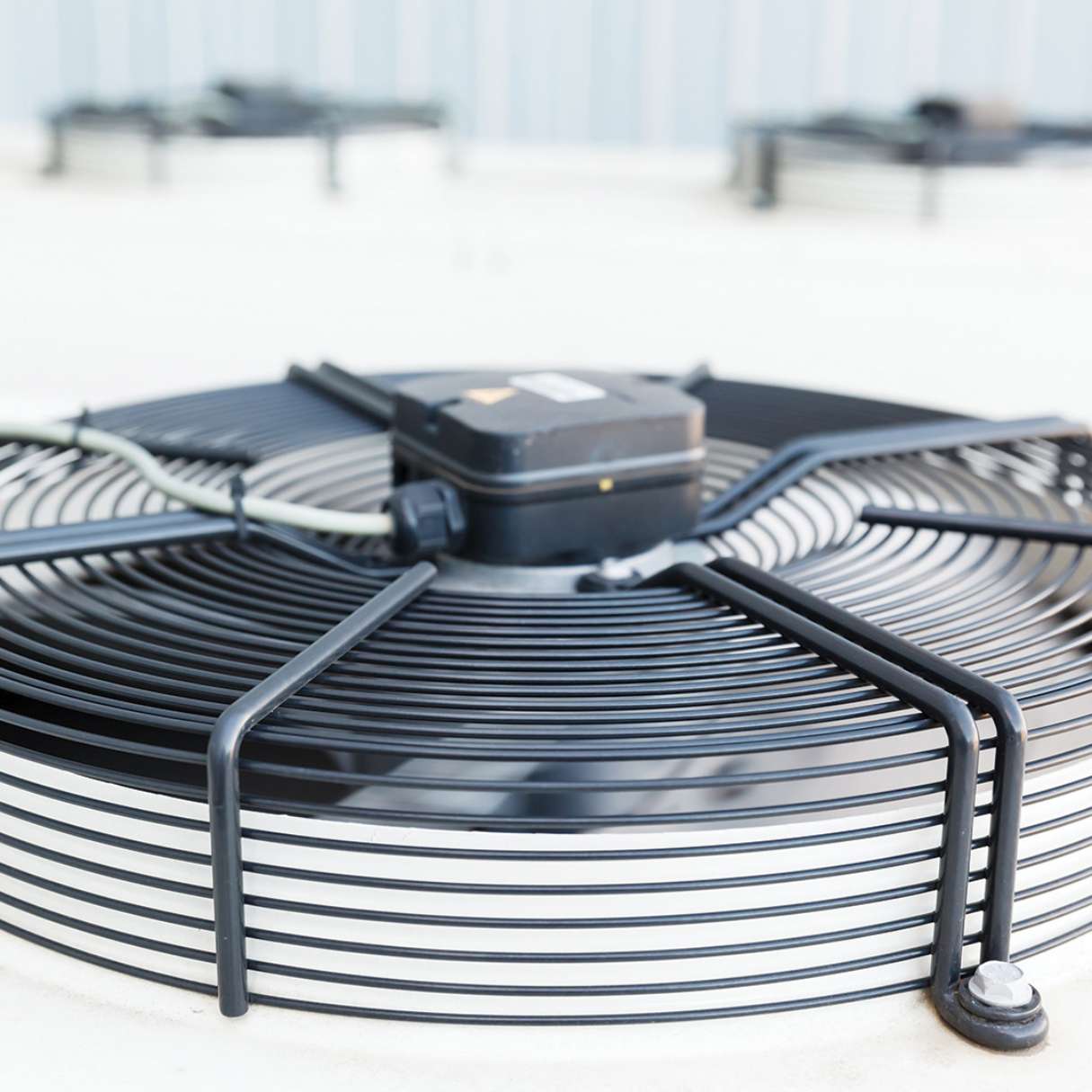
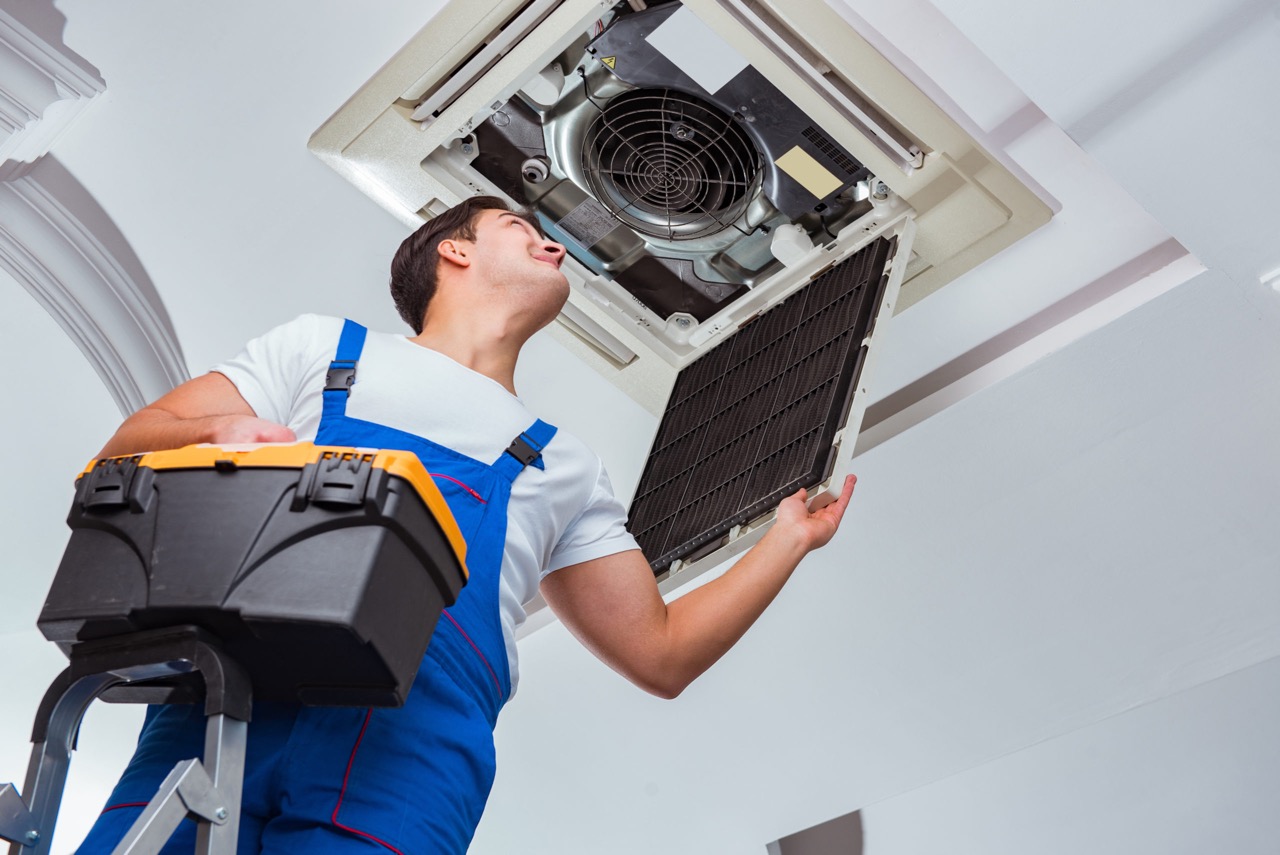
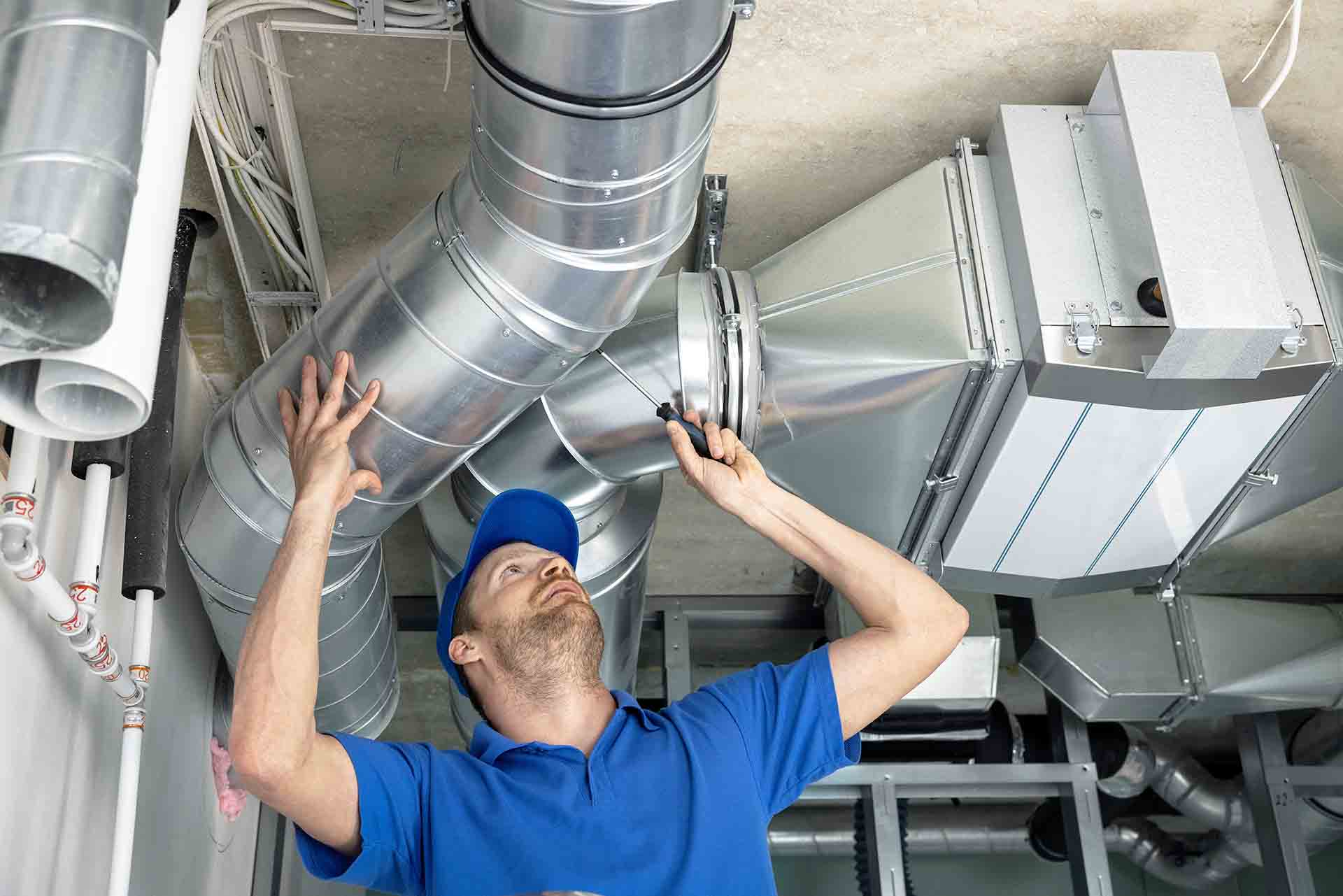
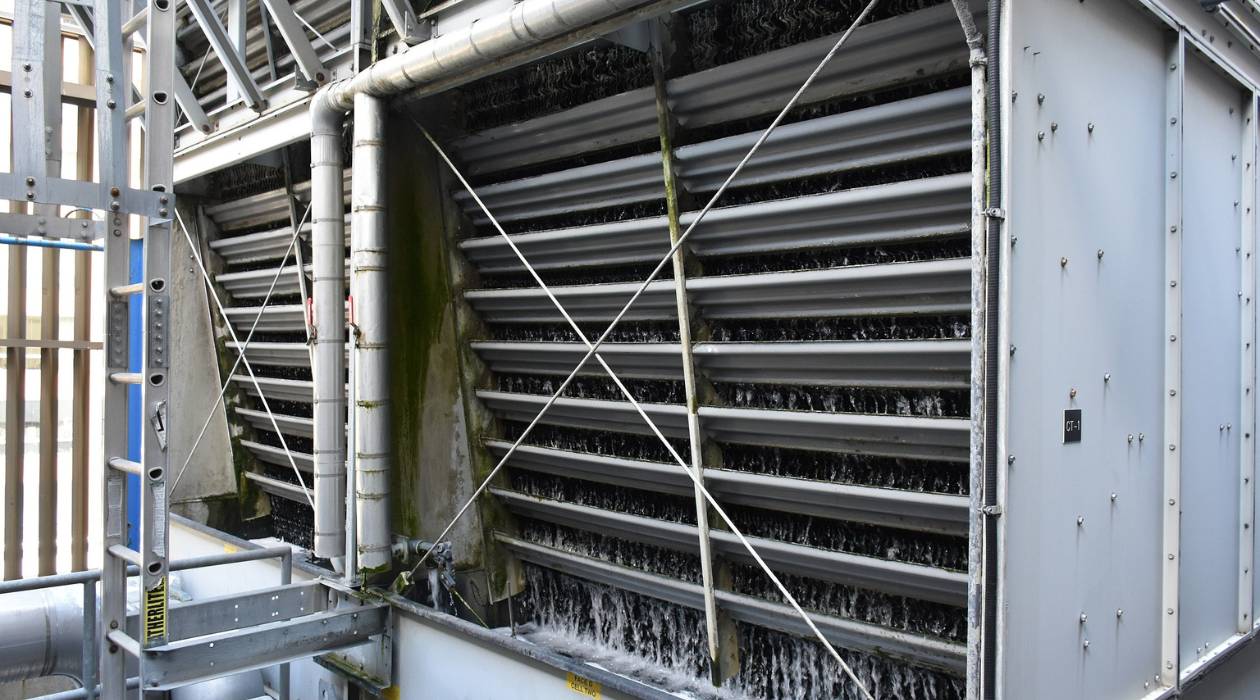
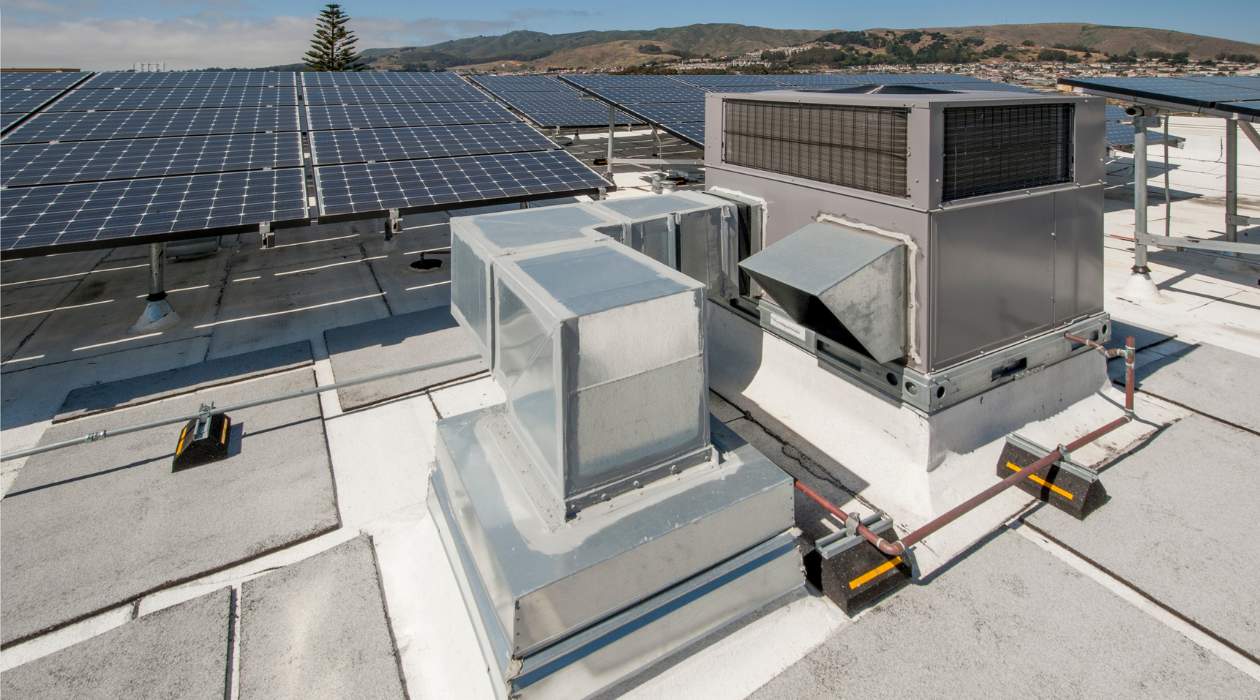
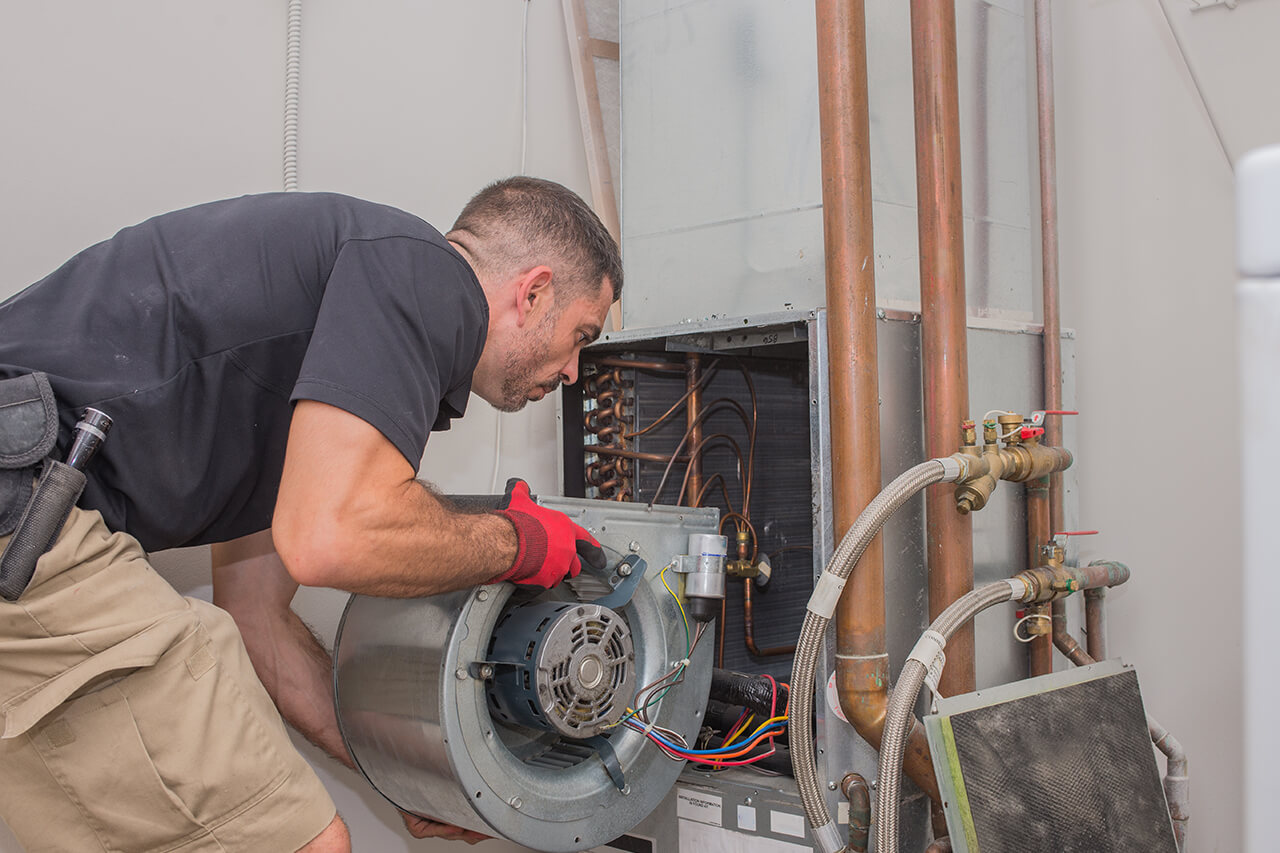
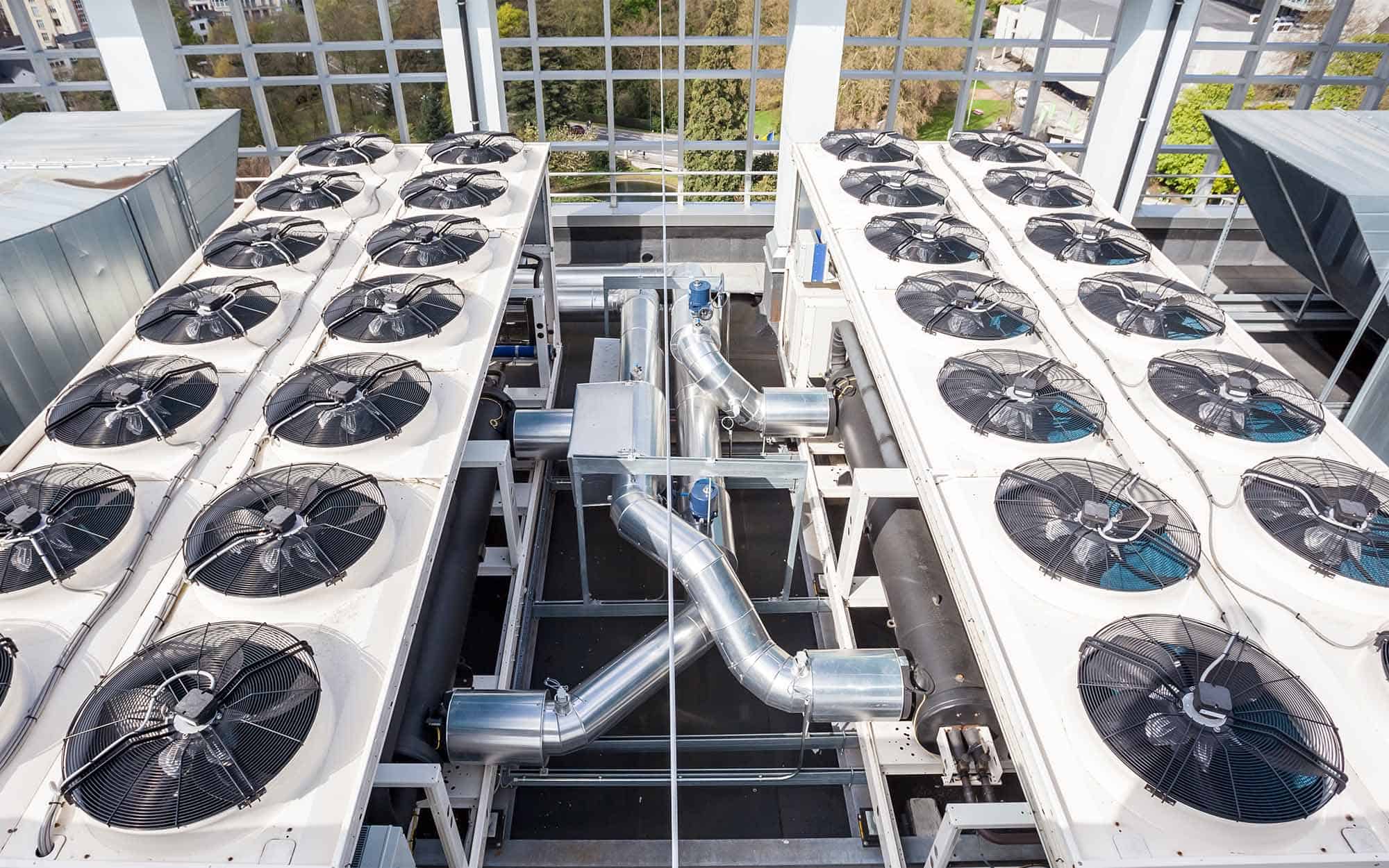
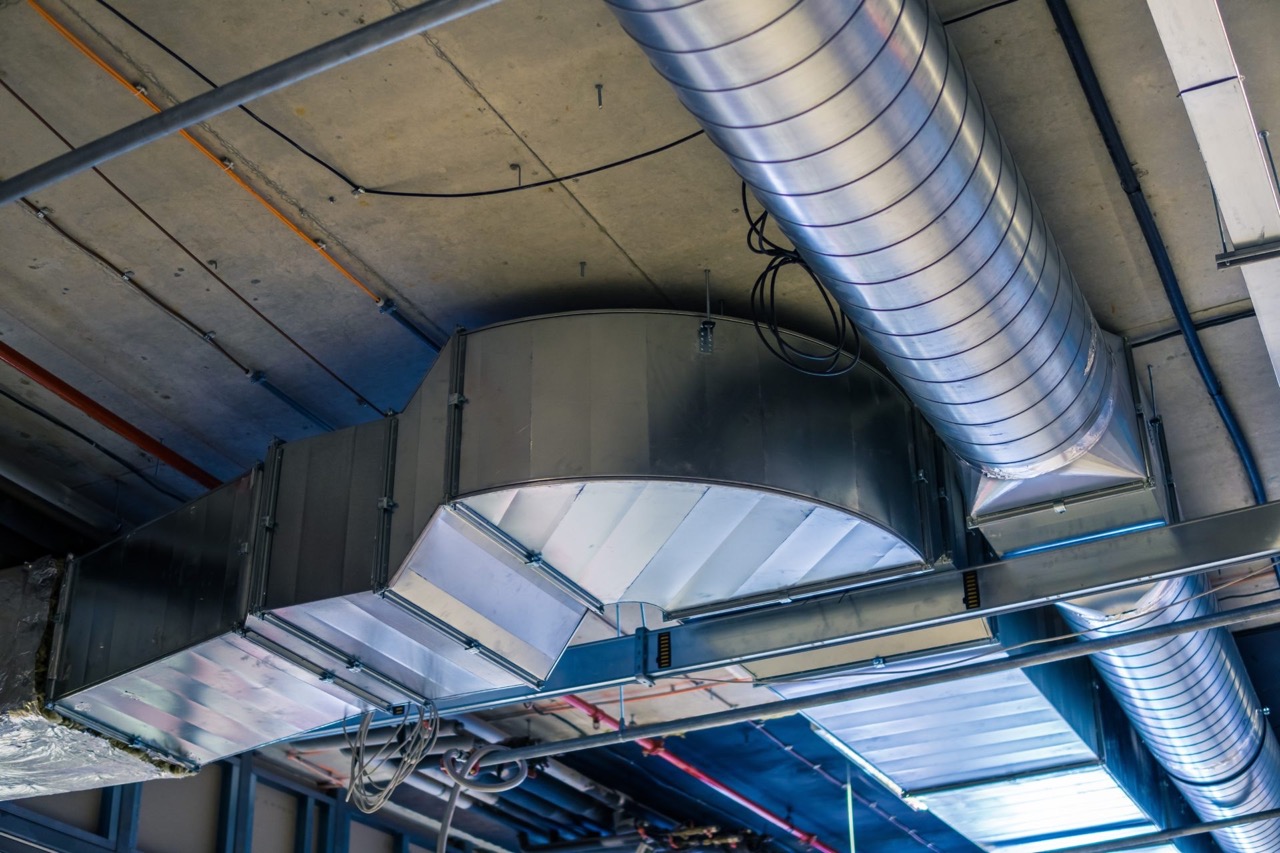
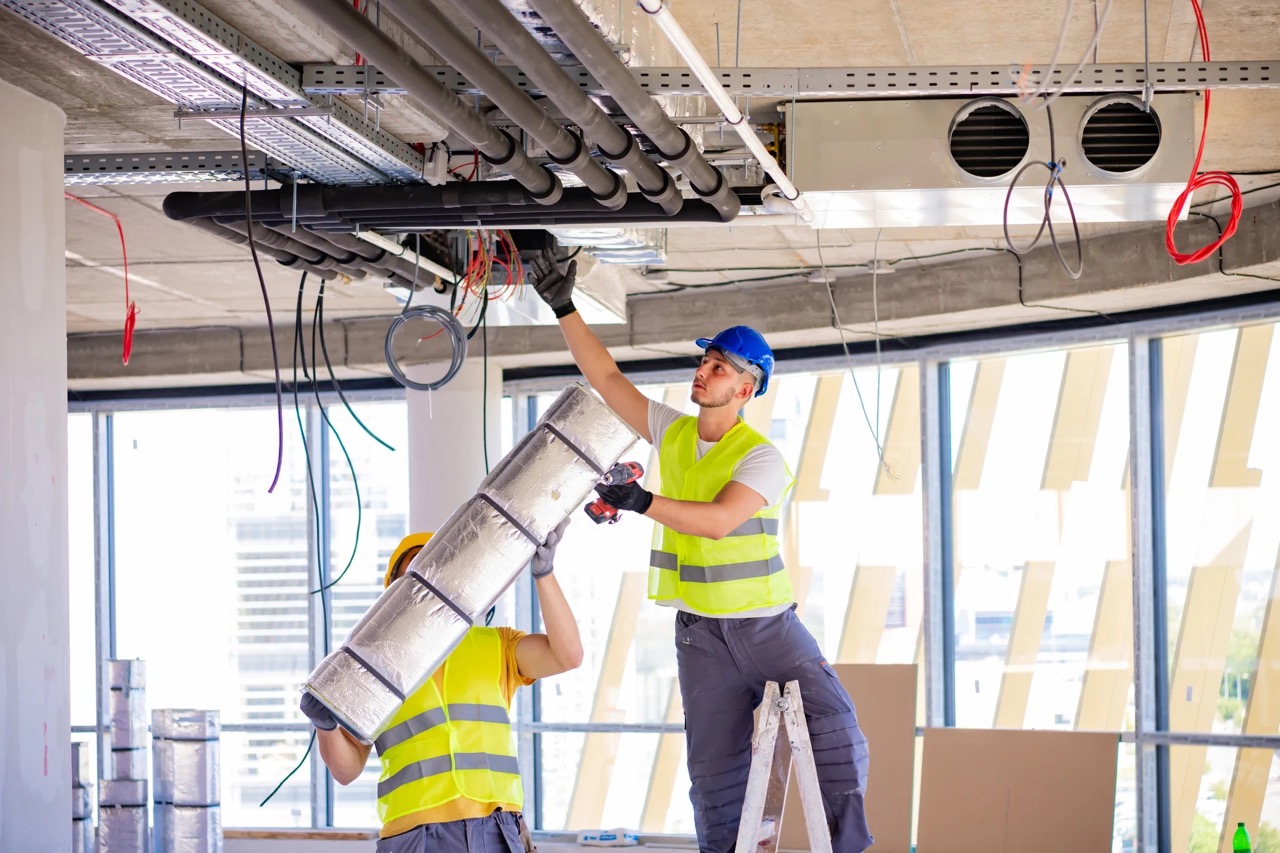
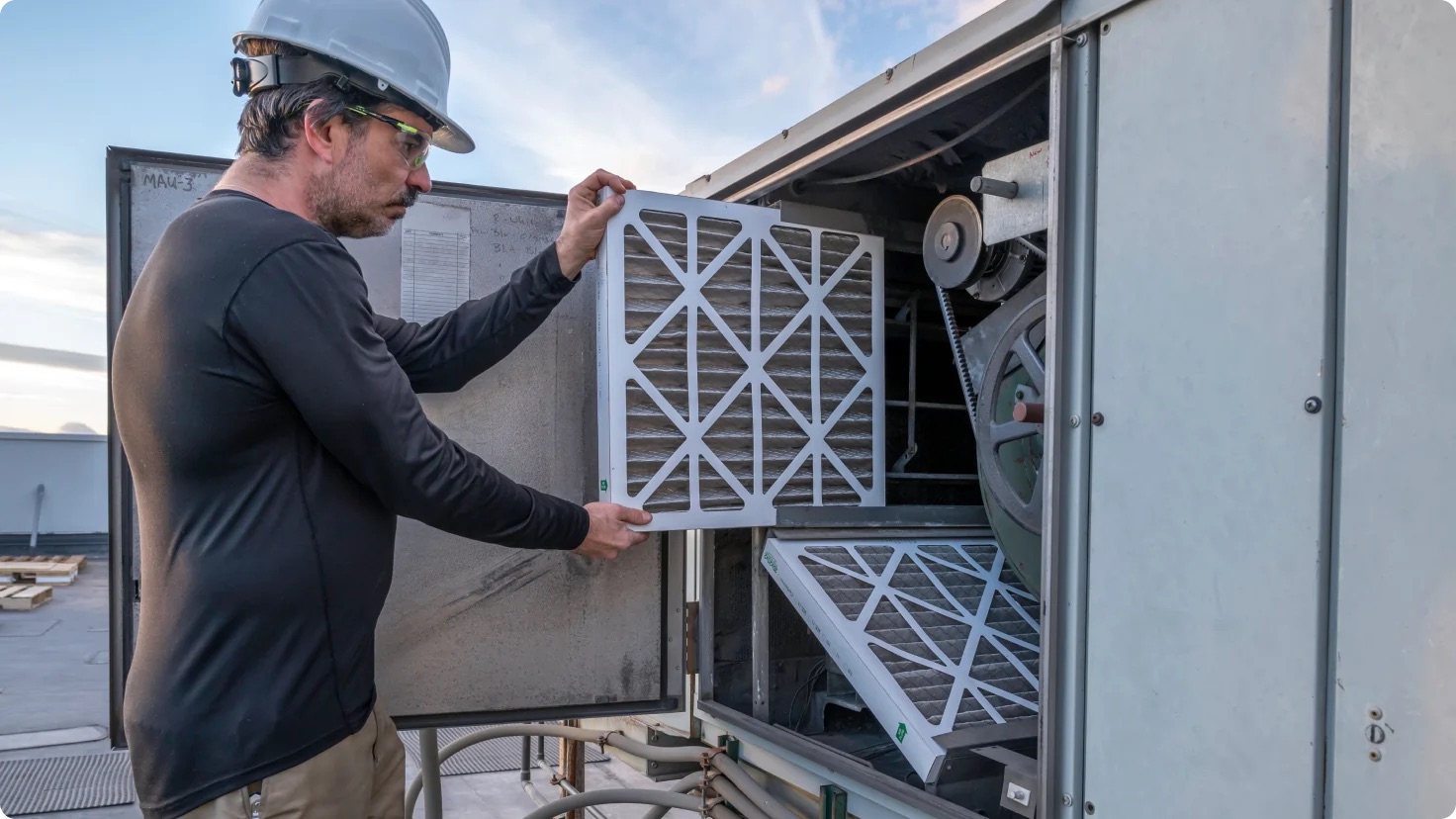
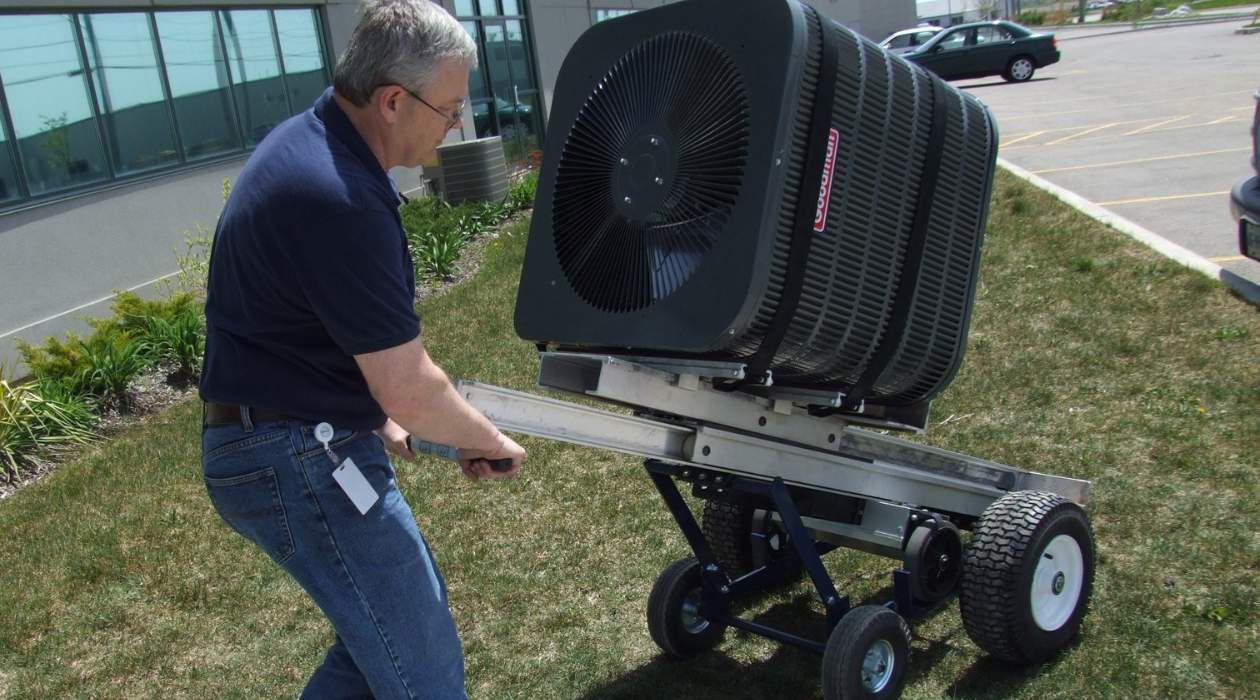
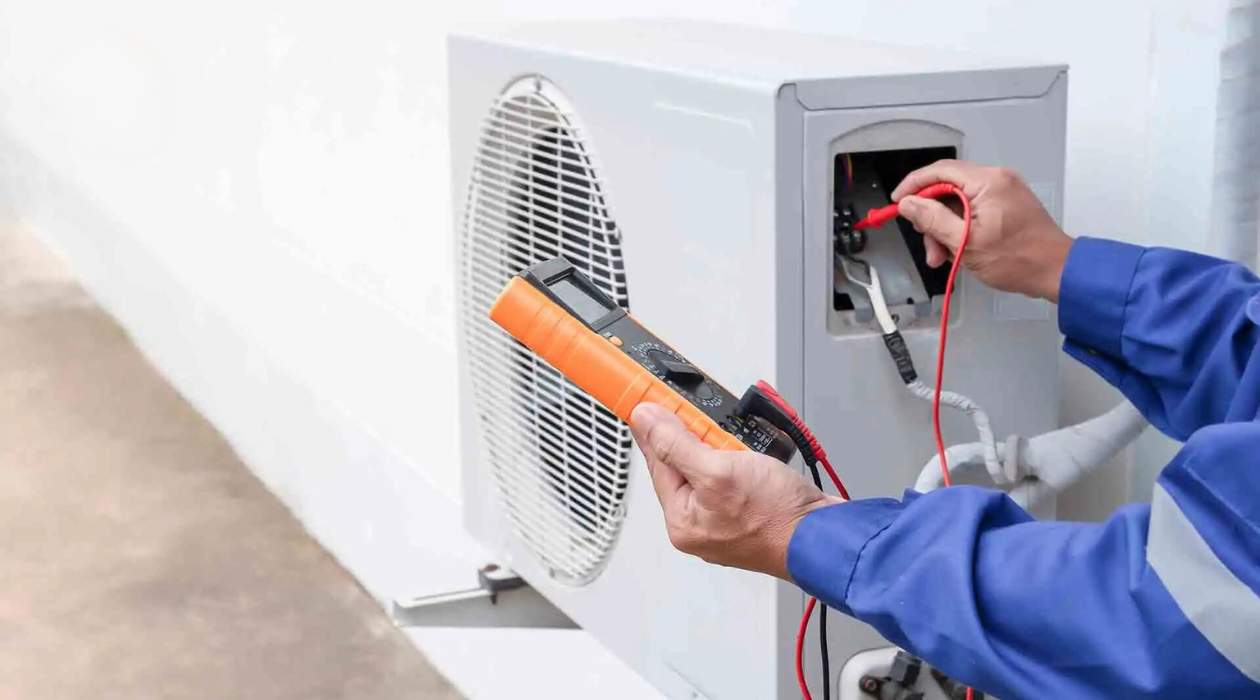

0 thoughts on “How Does The HVAC System Work”